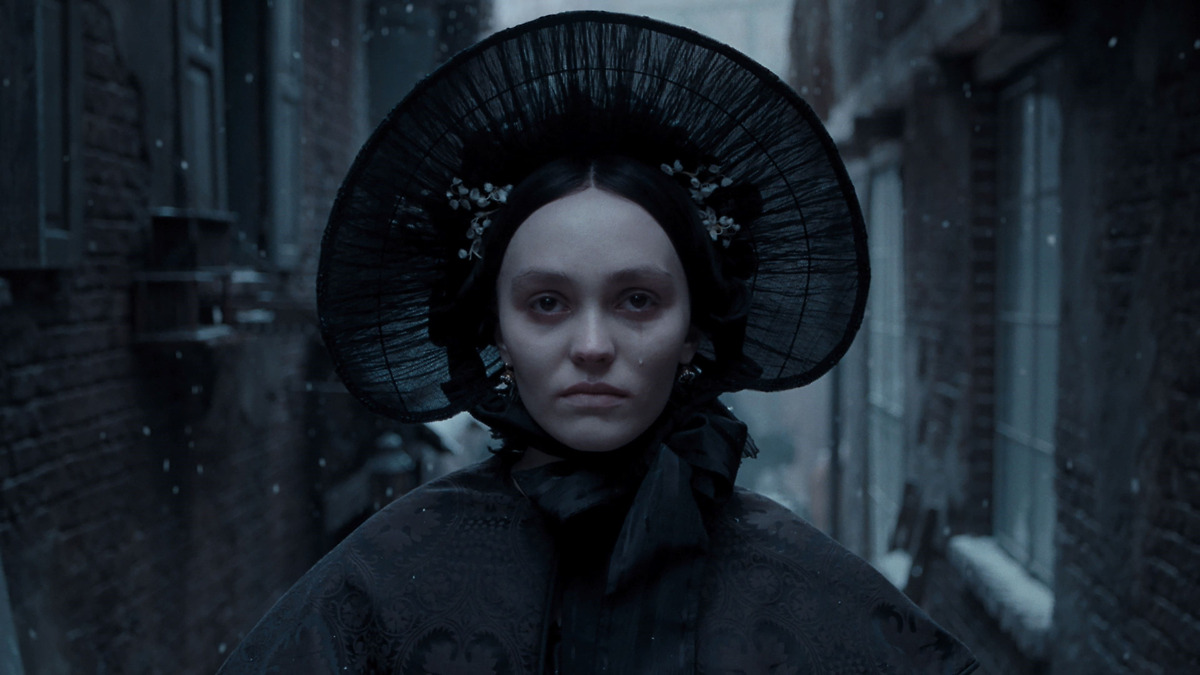- Craft and Spirit
- Posts
- The Art of Archetypes
The Art of Archetypes
Where We Begin
CURIOSITIES
Recent Films
CRAFT AND SPIRIT
The Art of Archetype

The Tragedy of Macbeth - Joel Coen
Archetypes are everywhere:
A helmet. A visor. A sword. Chainmail. Armor.
You see these, and you know—you’re looking at a knight.
Not just a costume, but a personality. Brave. Loyal. Humble. Noble.
The positive power of archetype gives us a starting point. They’re not limiting. They’re language. They create the doorway as a shared symbolic language toward curiosity, and eventually, empathy.
Archetypes in Humanity and Performance
Archetypes show up across myth, storytelling, and everyday life.
Think of the Greek gods—each a symbol of something human. Jean Shinoda Bolen’s Goddesses in Everywoman and Gods in Everyman lay out how these archetypes live inside us still.
In the Michael Chekhov technique, archetypes take shape physically.
Chekhov offers 11 Archetypal Gestures—each one a window into character:
Push
Pull
Lift
Smash
Open
Close
Wring
Tear
Throw
Penetrate
Embrace.
Though we’ll discuss more about the form in later articles, each gesture must have a clear beginning, middle, and end. When practiced intentionally, they can create a powerful, invisible architecture for a performance. They must be strong, clear, simple, and full bodied. Practice with a sense of ease and beauty, and these movements will generate sensation, ultimately bringing emotion along. When internalized, they transform from archetypical gesture—which is purely form—into psychological gestures which unlocks the sensation of the character.
Archetypes as a Starting Place
I used to resist the idea of archetypes. Like star signs or personality tests, they felt reductive. Even words like “actor” or “writer” once felt too narrow for me.
But now I see archetypes differently:
Not as boxes, but as doorways.
Not as definitions, but as starting points for empathy.
Humanity is complex. But this shouldn’t dissuade you from aiming to understand. You have to begin somewhere.
Archetypes give you a place to stand when everything feels too vast to describe. It can be abstract:
Maybe your character feels like a discarded slab of stone—meant to be a foundation, now weathered and forgotten.
Maybe they feel like the flowing of water, like the radiating sunlight, like the sky and it’s vessel of flight, or the thick mold of dirt and earth giving way to all that is.
Start with a metaphor. Start with something universal. Start with what you can feel in your body, and begin a path of curiosity.
Practice: Reading Gesture in Others
Here’s a tool I return to often:
People watching.
Ask yourself:
“What is this person’s psychological gesture right now?”
Do they seem to be pushing? Pulling? Tearing?
Then ask:
“What gesture are they reaching for?”
We’re all reaching. We’re all trying to become something other than what we are now. Though we may not even know what that is.
Archetype lets you see not just where someone is—but it could also give us a guess of where they’re going.
Archetypes in Story, Symbol, and Society
We encounter archetypes beyond character, too.
• In genre: You know a samurai western when you see it.
• In spirituality: A cross. Prayer beads. The robes of a monk.
• In fantasy: The wizard. The rogue. The bandit. The knight.
• In culture: Boomers, Gen Z, artists, activists—each carries an image and energy.
Symbols speak without explanation. Archetypes communicate without translation.
To End (or Begin Again)
Archetypes aren’t limitations. They’re signals. Invitations. Starting points.
They give us a way into something we haven’t yet found language for.
In the last letter, we explored the art of concentration—the act of returning to your work again and again, with attention and trust.
Today, we take that one step further.
Once you return, the question becomes: Where do you begin?
And often, the answer is: with the archetype.
So here’s a small practice:
Pick a character, a moment, or even yourself.
Ask: What archetype is present here?
Then ask: What gesture is reaching to be born?
Finally: What question can I ask to get a little deeper?
Ask the question, and the work continues. Deeper you go, and you’ll reveal more than an archetype. Leave the shoes at the door and step in.
Coaching
I’m opening a few spots this month for creative coaching sessions—a space for actors and artists to reconnect with their process, deepen their work, and start building from the inside out.
If you’re feeling curious, I offer a free 30-minute consultation—a no-pressure conversation where we can explore where you are and where the work might want to go.
If it feels like a fit, future sessions are $45 for 90 minutes until mid June, and I’ll be raising my price to $60 for 90 minutes.
Or feel free to reply directly to this email. I’d love to hear what you’re working on—or what gesture you’ve been living in lately.
Much love today and every day,
Matt Piper 🐅🌱♊️




Reply